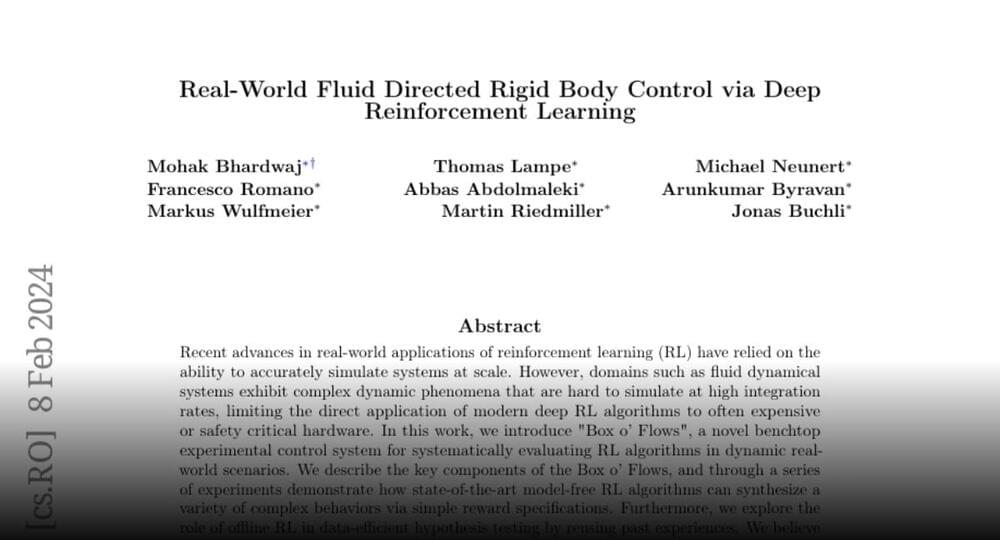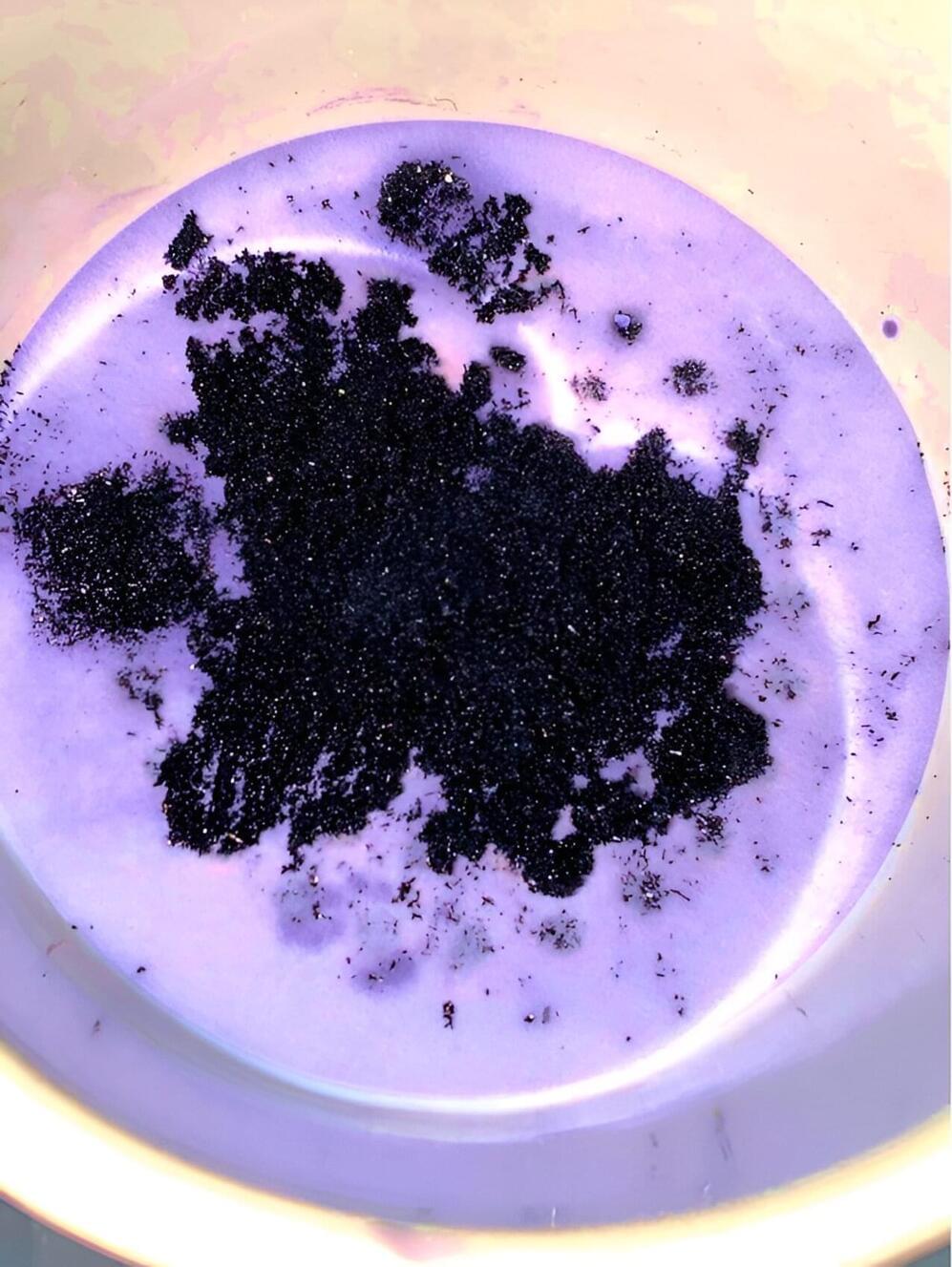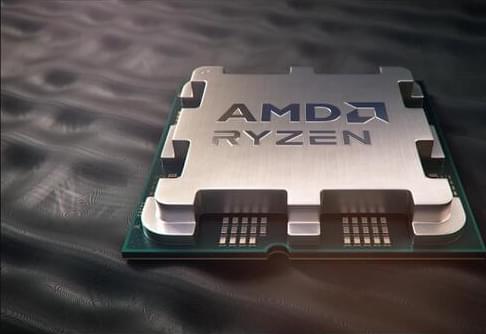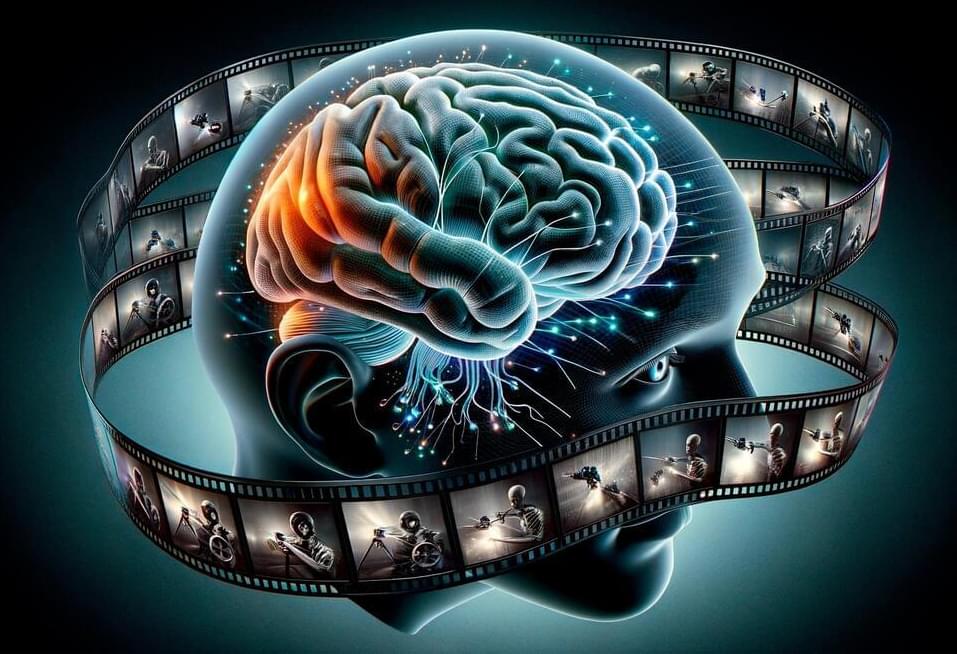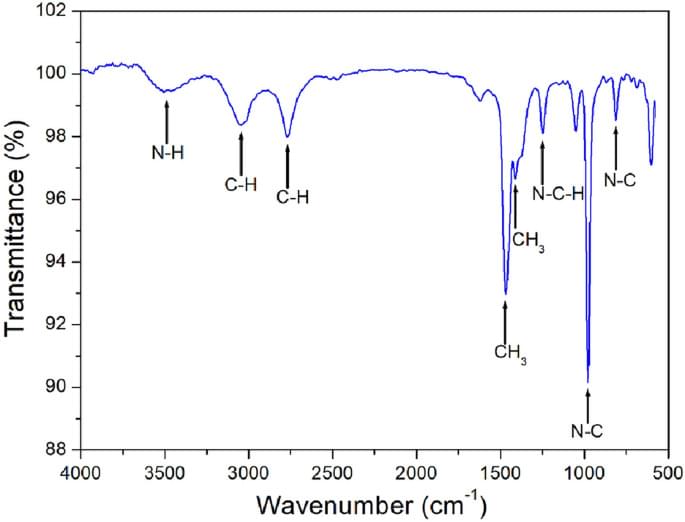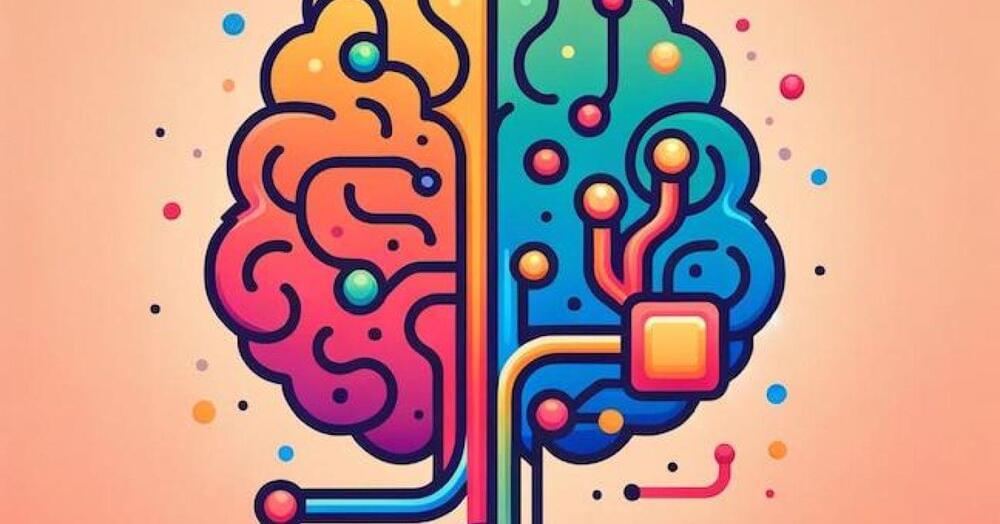Feb 12, 2024
After Breakups, the Brokenhearted Are Creating AI Clones of Their Exes
Posted by Kelvin Dafiaghor in category: robotics/AI
There’s an episode of the show “Black Mirror” where a woman, trapped by grief, starts a relationship with an AI trained on her dead boyfriend’s data.
“You’re not enough of him,” she eventually decides. “You’re nothing.”
But even an empty happily-ever-after is tantalizing in the bleakness of 2024. AI platforms like ChatGPT claim to offer infinite solutions to infinite problems, from parking tickets to homework — and apparently now heartbreak as well. That’s right: if you’re still hung up after a breakup, now you can plug your ex’s emails and texts into a large language model, and date the simulacrum instead of moving on.

